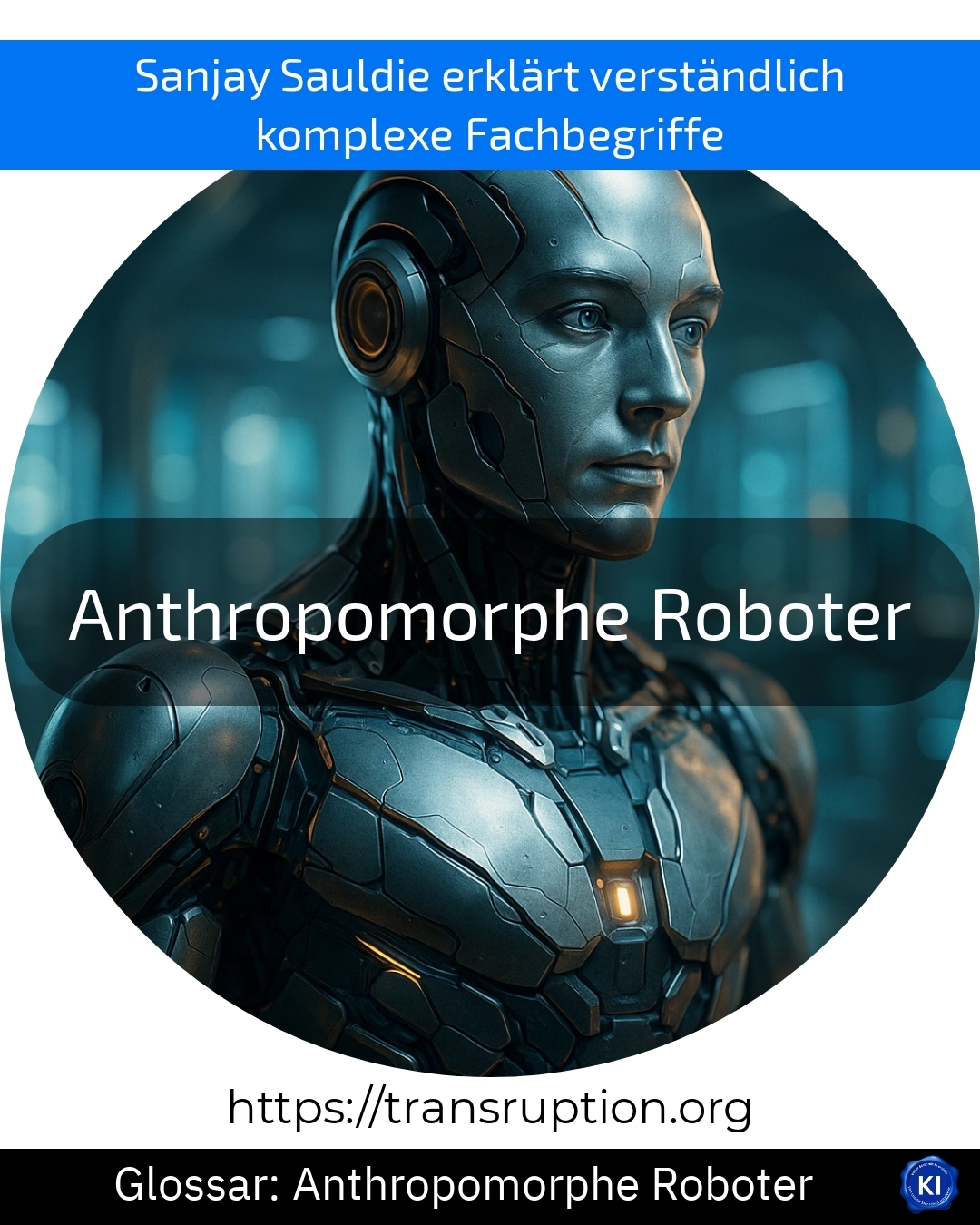Anthropomorphic robots are at home in the categories of artificial intelligence, robots and digital society. The term describes robots that look like humans or behave similarly. The word "anthropomorphic" means "human-like". These robots are built in such a way that they can imitate human gestures, facial expressions and speech in order to interact with us humans particularly easily.
In everyday life, we encounter anthropomorphic robots as digital assistants, for example. Hotels now have reception robots that greet guests in a friendly manner, provide information and can even move their hands. They are also used in the care sector to support elderly people or provide companionship.
Thanks to modern artificial intelligence, anthropomorphic robots learn how to behave in conversations or recognise emotions. This makes them valued assistants in many areas, such as counselling or customer service.
All in all, anthropomorphic robots make interaction with technology more natural and pleasant. They can build bridges between humans and machines, especially where human proximity is required.















